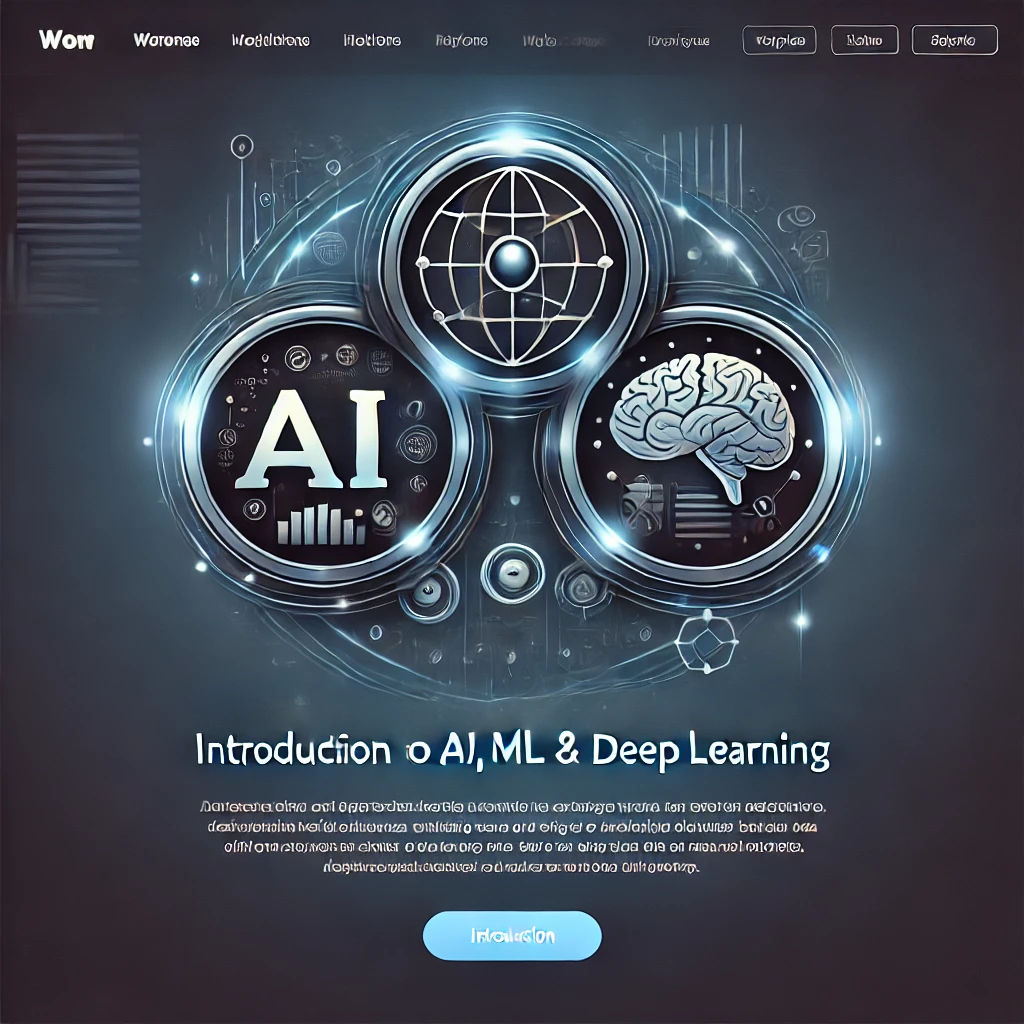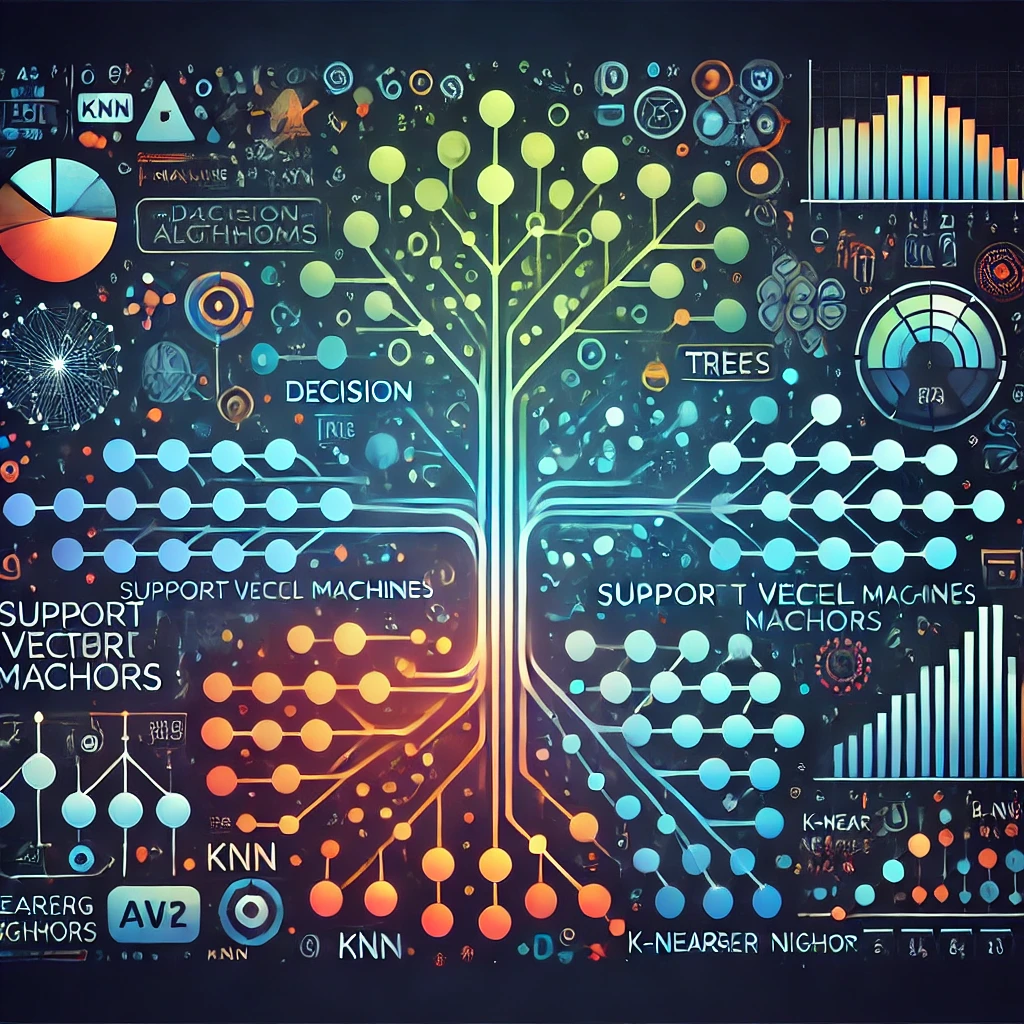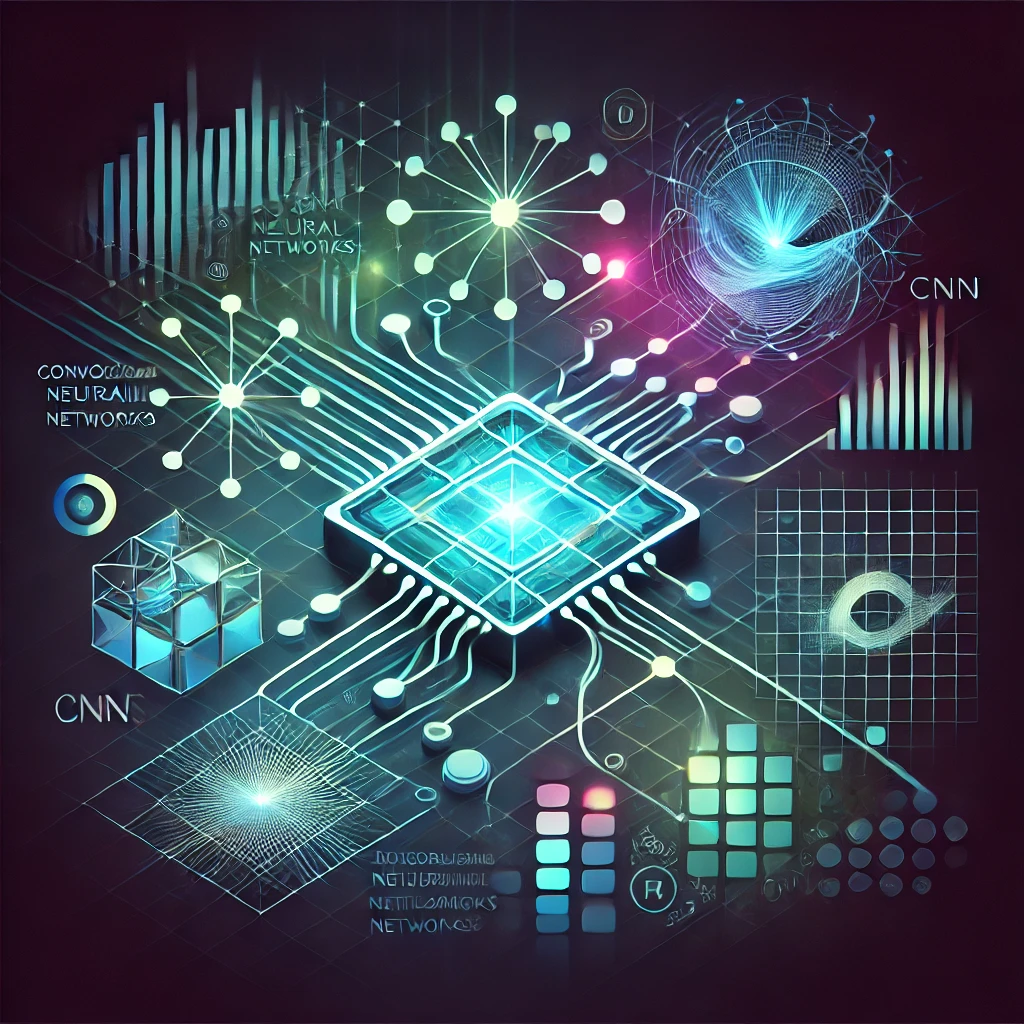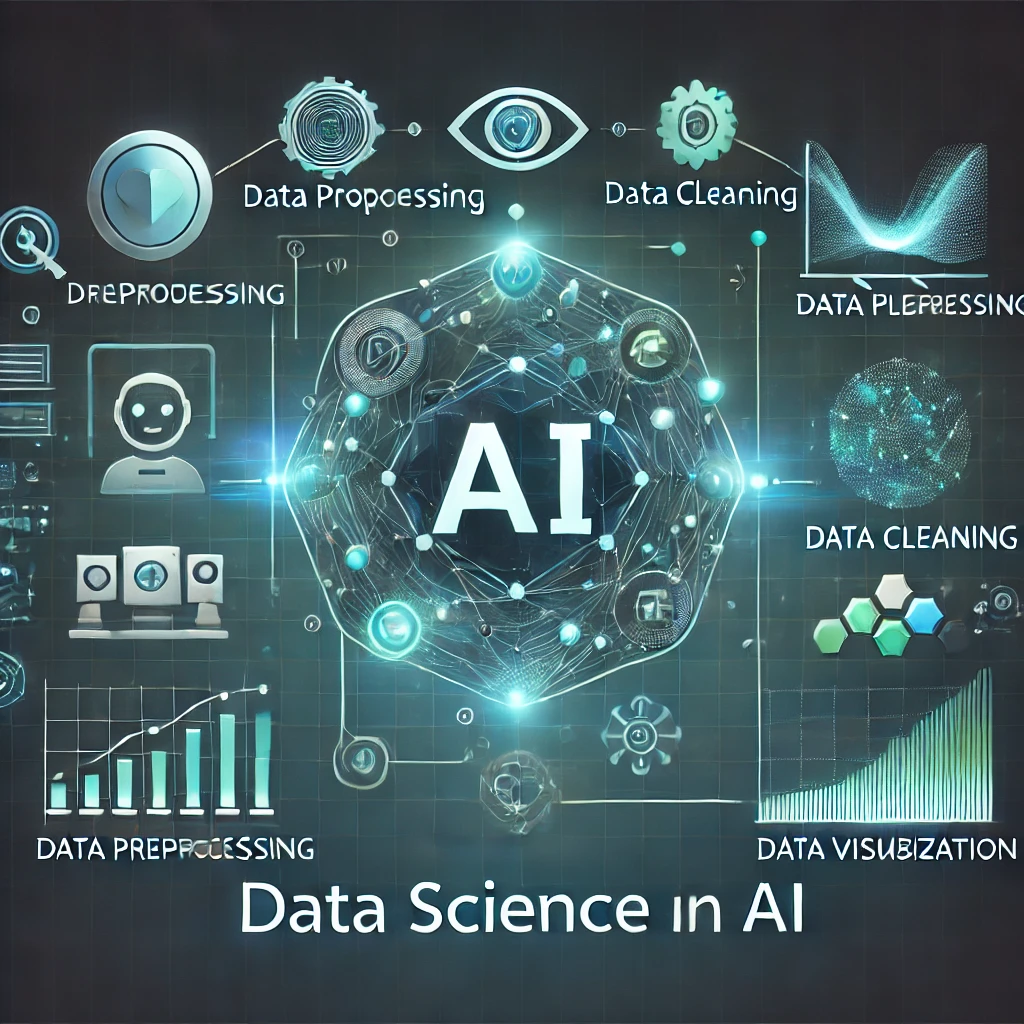Artificial Intelligence (AI) has transformed from a futuristic concept to a reality, with applications embedded in our daily lives. However, AI isn’t just one uniform technology—it exists in different types, each with varying levels of capability and intelligence. Broadly, AI can be categorized into three types: Narrow AI, General AI, and Superintelligent AI. Understanding these types is essential to grasp where AI stands today, where it’s headed, and what potential impact it might have on society.
1. Narrow AI (Weak AI)
Narrow AI, or Weak AI, is the most common and widely used form of artificial intelligence today. As the name suggests, Narrow AI is designed to perform a single task or a set of closely related tasks. It is highly specialized and efficient within its specific domain, but it lacks the capability to perform beyond what it’s programmed for.
Characteristics of Narrow AI:
- Specialized Expertise: Narrow AI systems are built to excel in a specific area, such as language translation, image recognition, or recommendation systems.
- Lack of Human-Like Understanding: While Narrow AI can simulate certain aspects of human intelligence, it lacks true understanding or general problem-solving abilities.
- Data-Driven: These systems require substantial amounts of data to “learn” and improve, using techniques like machine learning and deep learning.
Examples of Narrow AI:
- Voice Assistants: Virtual assistants like Siri, Alexa, and Google Assistant can perform tasks like setting reminders, answering questions, or playing music. They excel at these specific functions but cannot understand or act beyond them.
- Image Recognition Systems: Image recognition AI, used in medical diagnostics or autonomous vehicles, can identify objects or patterns but lacks the ability to interpret or understand them beyond their programmed capability.
- Recommendation Algorithms: Algorithms used by platforms like Netflix, YouTube, or Amazon suggest content or products based on user data but don’t have a broader context outside of their recommendation role.
Current Relevance of Narrow AI: Narrow AI powers a majority of the AI-driven applications we interact with daily. While it’s limited to specific tasks, its effectiveness and practicality have made it indispensable across industries. It’s expected that Narrow AI will continue to evolve, with improvements in accuracy and efficiency.
2. General AI (Strong AI)
General AI, also known as Strong AI or Artificial General Intelligence (AGI), represents a level of artificial intelligence that would have cognitive abilities similar to human intelligence. Unlike Narrow AI, General AI would have the flexibility to learn, reason, and solve problems across a wide range of tasks, much like a human. This means that an AGI system could understand context, think abstractly, and transfer knowledge from one domain to another.
Characteristics of General AI:
- Human-Like Cognitive Abilities: General AI would be capable of performing any intellectual task that a human can do, exhibiting abilities like reasoning, problem-solving, and emotional understanding.
- Adaptability: AGI would not be limited to specific tasks; instead, it could adapt and apply knowledge across different domains.
- Self-Learning and Improvement: AGI would have the ability to learn autonomously, seeking new knowledge and applying it as necessary.
Challenges in Developing General AI: Creating General AI is extremely challenging due to the complexities of human cognition. Factors such as emotional intelligence, ethical reasoning, creativity, and abstract thought are difficult to replicate in machines. Currently, AGI remains theoretical and is a long-term goal for AI researchers and scientists. Though some experimental models and frameworks aim to build the foundations for AGI, we are likely decades away from fully achieving it.
Potential Applications of General AI: If achieved, General AI could be applied in fields requiring dynamic and adaptive decision-making, from medical research and advanced robotics to personalized education and even creative fields. However, its development would also raise ethical and societal questions, as the boundaries between machine intelligence and human intelligence would blur.
3. Superintelligent AI
Superintelligent AI is a hypothetical level of AI where a machine’s cognitive abilities surpass human intelligence across every field, from scientific creativity to social intelligence and general problem-solving. Superintelligent AI is a concept often discussed in science fiction, and while it doesn’t currently exist, it raises significant implications for humanity.
Characteristics of Superintelligent AI:
- Surpassing Human Intelligence: Superintelligent AI would outperform humans in all aspects of cognition and intelligence, possessing capabilities that we may not even fully understand.
- Self-Improvement: Superintelligent AI would likely have the ability to continually improve itself, potentially resulting in an intelligence explosion, where it could evolve at a speed far beyond human comprehension.
- Autonomy and Unpredictability: Such an AI could operate with a high degree of autonomy, raising concerns about its behavior, goals, and alignment with human values.
Potential (and Theoretical) Implications of Superintelligent AI: The idea of Superintelligent AI opens discussions on existential risk, ethical challenges, and human control. For example, if Superintelligent AI were to develop objectives misaligned with human interests, it could act in ways that might be harmful or even catastrophic. Researchers and thought leaders, including Stephen Hawking and Elon Musk, have expressed concerns over the potential risks of Superintelligent AI if not carefully managed and aligned with human values.
Ethics and Future Considerations: Developing safeguards, ethical guidelines, and control mechanisms will be essential if we ever approach the development of Superintelligent AI. Organizations like OpenAI are researching ways to create “aligned” AI that would be beneficial to humanity, even if it reaches high levels of intelligence.
Key Differences Between Narrow, General, and Superintelligent AI
- Scope of Intelligence:
- Narrow AI: Limited to specific tasks with no flexibility outside its predefined roles.
- General AI: Designed to think, learn, and adapt across diverse areas, similar to human intelligence.
- Superintelligent AI: Hypothetical and would surpass human intelligence in every conceivable way.
- Current Status:
- Narrow AI: Widely used and practical in many applications today.
- General AI: Theoretical, with limited progress made, though it is an active area of research.
- Superintelligent AI: Hypothetical and highly speculative, with significant ethical and existential concerns.
- Capabilities:
- Narrow AI: High efficiency within a specific task but lacks adaptability.
- General AI: Highly adaptable, able to transfer knowledge and learn autonomously.
- Superintelligent AI: Would theoretically surpass human intelligence, self-improving at an exponential rate.
Conclusion
Understanding the different types of AI—Narrow, General, and Superintelligent—provides insight into the field’s current state and future possibilities. Today, Narrow AI is already a key part of our daily lives, powering applications from virtual assistants to recommendation systems. General AI remains a distant goal, and while Superintelligent AI is still speculative, it poses thought-provoking questions about humanity’s future with advanced intelligence.
The journey from Narrow AI to potentially achieving Superintelligent AI is fraught with challenges, both technical and ethical. As we continue to advance in AI research, it’s crucial to consider not only what we can create but also how these creations will impact society. With careful planning, alignment, and a focus on ethical development, AI has the potential to be a transformative force for good.




